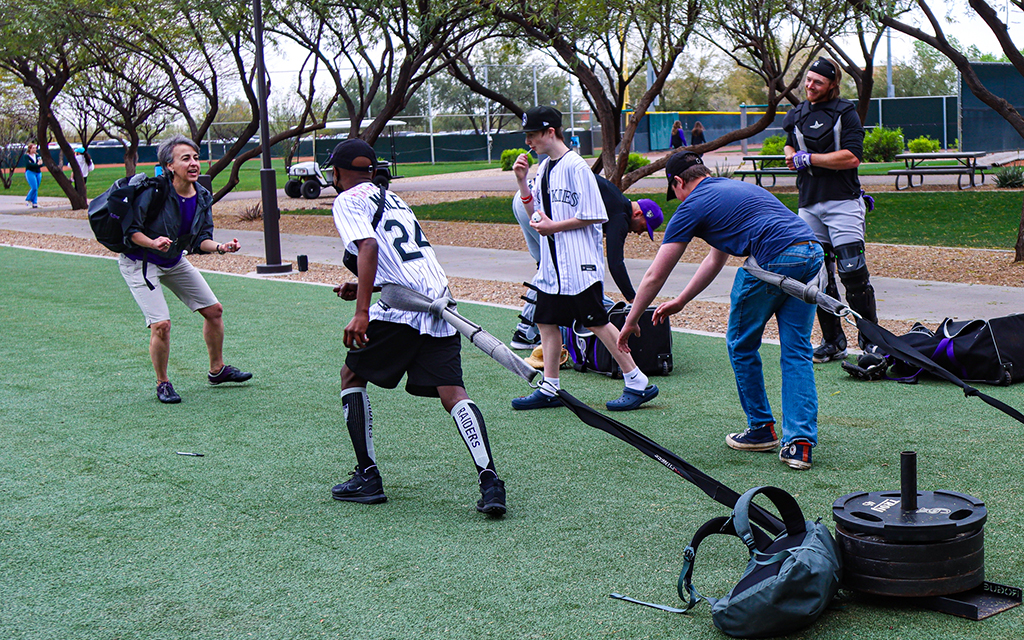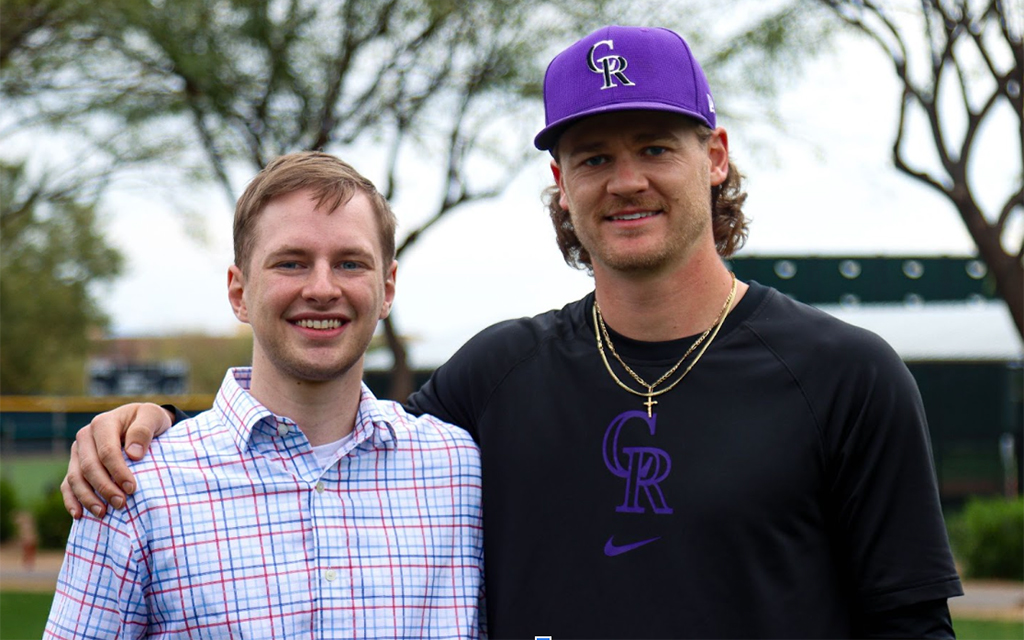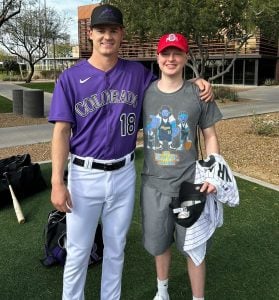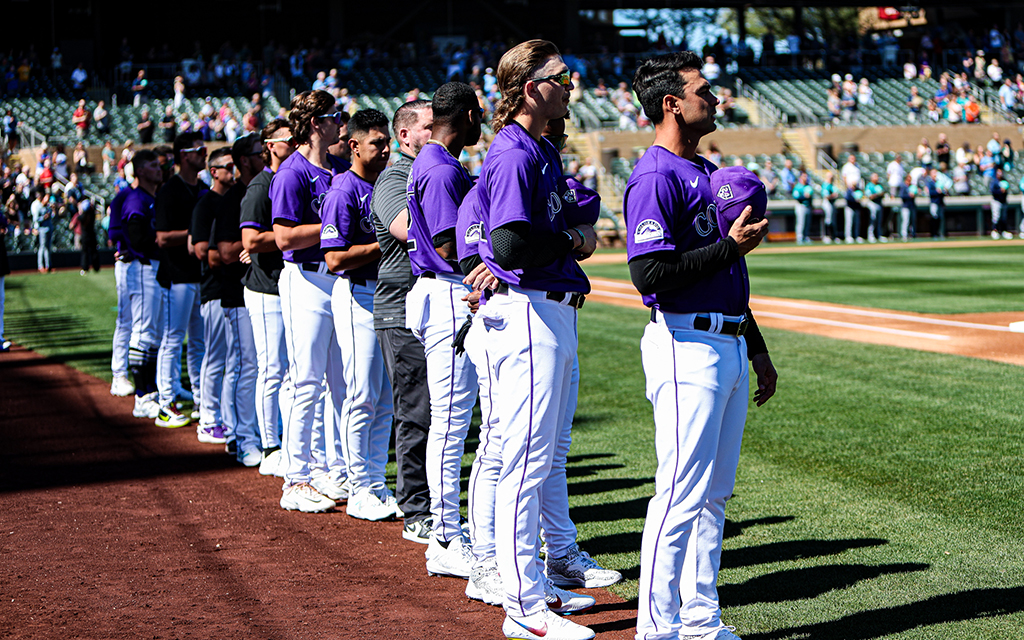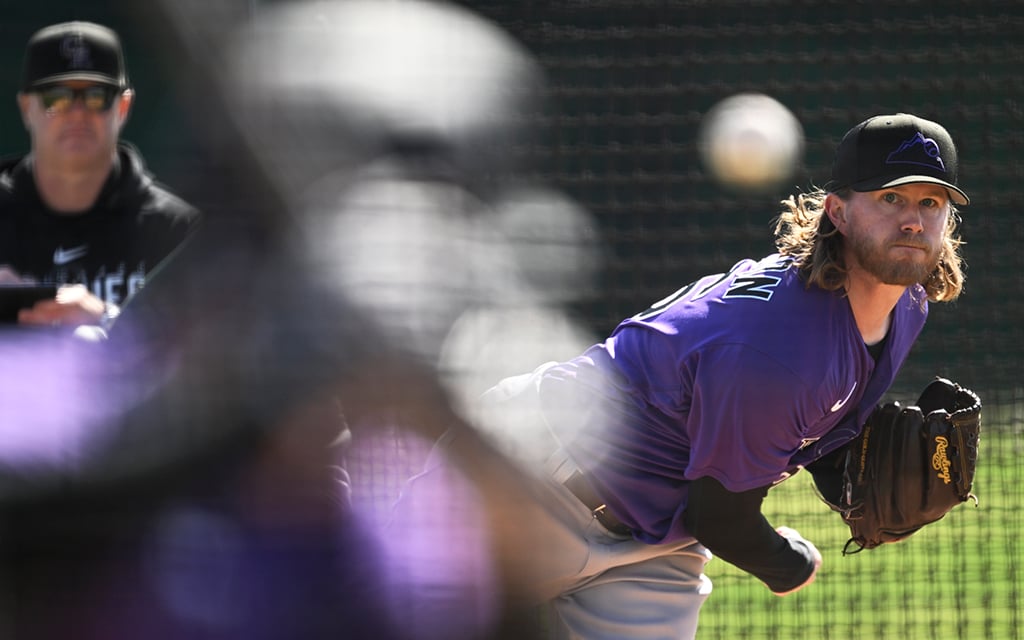A ‘difficult’ recovery
My cancer recovery has taken unexpected turns, such as the additional surgery. Recovery from head injuries like the one Feltner suffered can be even more unpredictable. Basic activities such as eating, showering and sleeping become difficult and miserable.
For pitchers, injuries most commonly occur in the elbow or shoulder. Rehab for a head injury was new territory for Feltner.
“It was very different,” he said. “I kind of started from Square One as far as relearning everyday activities like walking, making breakfast and little things like that. Then we started to work into little arm-care baseball exercises after three months or so.”
Similarly, I had to relearn how to find the energy and courage to complete basic tasks such as making breakfast or going for a walk.
Perhaps the most difficult part about going through a long recovery process is the mental toll. Anxiety and emotions are virtually uncontrollable. And for athletes, the confidence required to return to the field and face down the same scenario in which they suffered an injury, can take a hit.
Feltner’s teammate and fellow starting pitcher, Noah Davis, was close with Feltner through it all and saw his confidence slowly rise as his health improved.
“Any injury that you’ve suffered, it’s tough to get the confidence back,” Davis said. “Especially something like (Feltner’s) where it’s a life-threatening issue. It has got to be tough to step back on that mound.
“Talking to him when he was making his way back, I know he’s really dialed in with all of his preparation and stuff, physical and mental. Being able to watch him go through that was hard, but I honestly learned a lot … to see him take that time he needed to kind of rebuild himself and make himself as confident as possible. He has all the tools obviously, but it’s definitely a big hurdle to get back on the mound after something like that.”
Rockies manager Bud Black was put in a tough situation having to decide whether Feltner should pitch again last season.
With Colorado completely out of playoff contention, there was reason to ask whether the risk to Feltner if he took the mound again last season was worth it.
Ultimately, Black left it to Feltner to decide.
“None of us have been in his shoes … (being hit by a pitch in the head) is a different animal,” Black said this spring. “His goal was to come back. I think it’s more the mental comeback as opposed to the physical. I think with players, physically they’re all able and confident that they’re going to come back … but the mental hurdle is the biggest challenge.
“I think him coming back cleared that hurdle. I think as we go into this spring, each live batting practice, each exhibition game … I don’t want to say they are distant reminders, but something that he can look back on and know what he overcame.”
Going from struggling to walk to returning to professional baseball shape in the same season might have seemed unfathomable after a life-threatening incident, but it was an important step for Feltner and the team.
Making a start or two before the start of the next season would give Feltner a taste of competition and make him feel more comfortable heading into the offseason.
As the season progressed, Feltner’s rehab gained significant momentum.
“It was a very slow process in the beginning, but then it was like a snowball effect,” Feltner said of his recovery. “Once I started healing, I started healing quicker, and then we realized there was a chance I could get back out there in the same season.”
Feltner did just that.
He made two more starts before the season’s conclusion, including a five-inning, five-strikeout shutout performance against a stacked Los Angeles Dodgers lineup in his first game back. The confidence that Feltner gained from pitching those two games was important for his mindset going into what turned out to be an injury-free offseason.
“I was totally healthy,” Feltner said, describing how his body felt leading up to spring training this year. “It was good because that was not always a possibility, but to be able to have a normal offseason and lift the way I normally do and prepare was definitely ideal.”
So far in 2024 Feltner has pitched 16 innings, allowing six runs while striking out 18, including a 10-strikeout gem against the Tampa Bay Rays on April 6. His 96-plus mph fastball, combined with a powerful slider and reduced speed on his changeup, has been good enough to land him on the major league roster, where the light is shining on him again.

